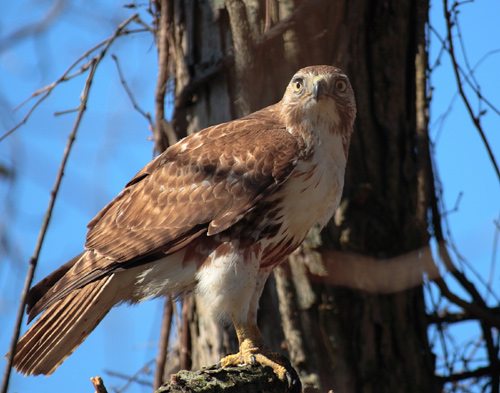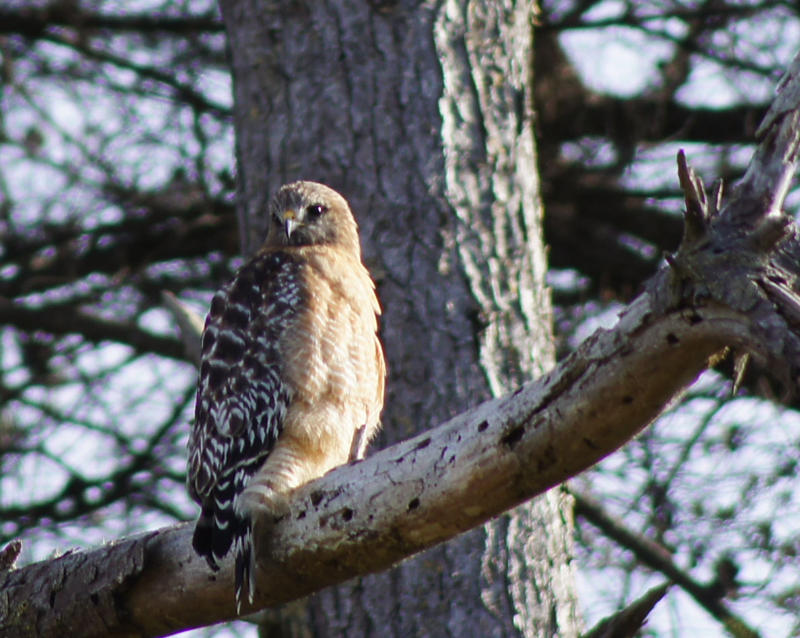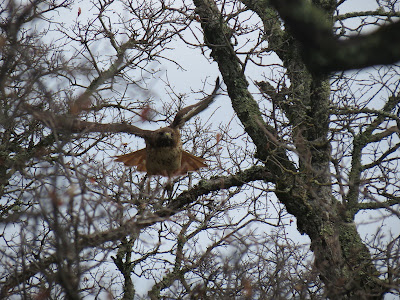

In 1982, only 22 individuals remained in the wild and by 1987, the last condors were brought into human care in an attempt to save the species from extinction.

The California condor was one of the original animals included on the 1973 Endangered Species Act and is classified as critically endangered. “And with only about 500 California condors in the world, any progress we can make is critically important.” “This could be groundbreaking for California condor recovery efforts everywhere,” Walker said. While it will take time to get valuable data, Walker and her fellow condor care staff are optimistic. The condor team has been using the two dummy eggs since mid-February, one in a nest box under a breeding pair, and the other in the incubator to record baseline temperatures. They roll around really naturally and so far, the birds seem completely fine with it.” “We don’t want these eggs to be different from the real thing in any perceptible way, so we glued rocks to the inside shells to match the weight. “I sent them dimensions of an actual condor egg, and they used a 3D printer to create two dummy eggs that were exactly the same size,” Walker said.

She reached out to see if they could help her create a similar egg that would work for condors. Scott Shaffer, a professor at San Jose State University, and Dr. Walker heard about this dummy egg technology being used with seabirds and parrots from Dr. “Playing them sounds they’d be hearing inside the nest is one more way we can provide the best space possible for them to grow.” “We know unhatched chicks can hear their parents while they’re still inside the egg,” Walker said. And when placed in an incubator next to a real egg, it can play back those recorded sounds for the developing chicks. It can also record audio of condor parents’ breathing and heartbeats while they take turns sitting on the nest. When it’s in a nest box, equipment hidden inside measures turn rate, temperature and how often the egg is moved. The period between incubating real eggs is where the data-collecting ‘smart egg’ comes in. To increase the number of chicks, staff occasionally move the first-laid egg of one pair to an incubator, a process called double-clutching. “Knowing the precise conditions for rearing healthy chicks could be very useful to condor recovery efforts.”Ĭondor chicks hatched at the center are eventually sent to release sites in the wild, boosting the critically endangered species’ population. “We’ve never been able to get this type of information from inside of a California condor nest before,” said Kelli Walker, the zoo’s senior condor keeper. Created by a 3D printer in a laboratory at Texas A&M University, the electronic replica egg records sound, temperature, movement and other data critical to rearing new generations of endangered California condor chicks.

It may technically be a dummy, but the newest egg at the Oregon Zoo’s condor conservation center is pretty smart. Video of This Smart Egg Could Help Save Endangered Condors Electronic egg gathers data to improve survival of endangered chicks


 0 kommentar(er)
0 kommentar(er)
